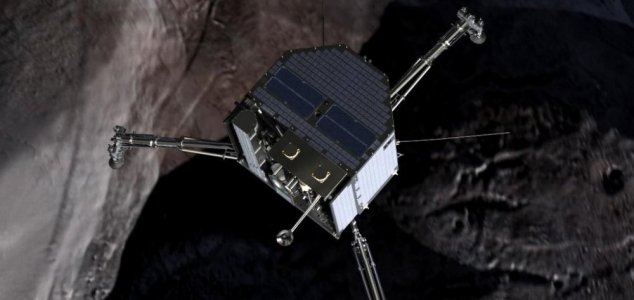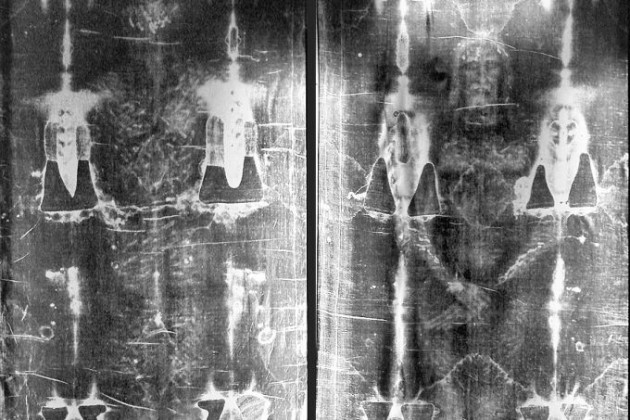
Philae’s final resting place has been found.
The Rosetta spacecraft has finally managed to locate its companion probe on the surface of comet 67P.
When Philae attempted the first ever comet landing in 2014 things didn’t go quite according to plan.
While it ultimately succeeded in touching down, an unexpected problem with its landing harpoons meant that it ended up resting in the shadows where its solar panels couldn’t see the sun.
Now less than two months after the lander had been officially declared dead, Rosetta has finally been able to capture an image of the probe wedged inside a crevice on the comet’s surface.
As well as helping to bring closure to the mission, the discovery also offers the opportunity to learn more from the existing data that the probe recorded when it landed two years ago.
“It allows us to go back to the data that Philae took to put it into context a little bit more,” said Rosetta project scientist Matt Taylor.
“Having the precise location of the lander allows you to refine those measurements and get much better resolution from those. It provides us with the ground truth.”
As for Philae, like many other discontinued space probes before it, the ambitious little lander will remain exactly where it is – a testament to the achievement its presence there represents.
One of its last Tweets, which was posted back in July, read – ‘It’s time for me to say goodbye.’
Originally posted 2016-09-16 10:44:27. Republished by Blog Post Promoter












